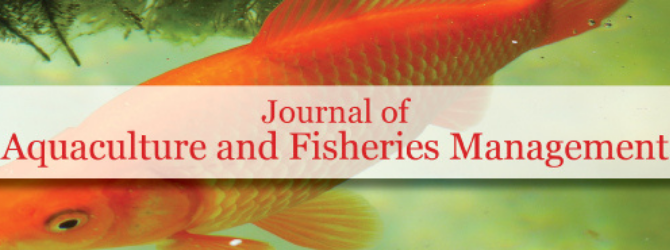
Sign up for email alert when new content gets added: Sign up
Using microalgae for animal nutrition provides an economically viable route for microalgae-based technological innovation, especially in combination with CO2 fixation given current global warming. However, this technology still lacks sufficient evaluation for screening microalgae for specific animals; meanwhile, current studies show some prejudice regarding ‘essential’ or ‘non-essential’ ingredients. The results show that Dunaliella salina and Nannochloropsis salina were able to accumulate high protein (30%–57%) and lipid (20%–46%) content without affecting the performance of CO2 fixation, which reached 0.28 and 0.23 g L−1 day−1 respectively. Both species exhibited high quality of lipids and proteins for Penaeus monodon based on the profiling. The essential fatty acid indexes (EFAI) for N. salina and D. salina were 3.81 and 9.02 respectively. But yric acid was found to be present in both D. salina (12.03%) and N. salina (4.87%) based on the total fatty acids (FAs). The essential amino acid indexes (EAAI) for D. salina and N. salina were 2.23 and 1.29 respectively. Arginine was the most abundant essential amino acid (EAA) in both D. salina (10.83%) and N. salina (13.35%) on the basis of total amino acids (AAs). This study comprehensively compares the nutritional quality of the two commercial marine microalgae of D. salina and N. salina with the potential to be used as sustainable sources of lipids and proteins to reduce or even replace the traditional fish oil and fish meal in aquafeeds.